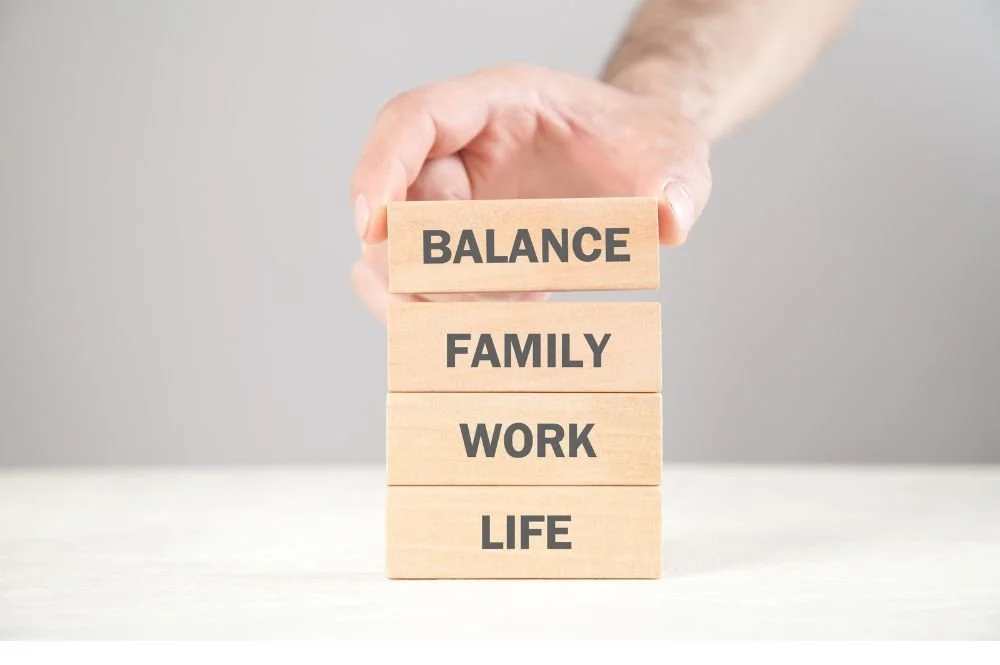Breakthrough Personal & Professional Development Inc. CEO Bonita Eby of Kitchener, Ontario, was interviewed for The Globe And Mail. This article is based on that interview. Find the full article here.
Employee Burnout & Organizational Culture
Dayforce, Inc.’s 15th Annual Pulse of Talent report indicates that burnout and stress continue to impact employee productivity and longevity. The following stats come from the report surveying 9,500 executives, HR leaders, managers, and workers across organizations with at least 100 employees globally:
Burnout: 78% experienced burnout in the past year, similar to the previous three years, with 69% indicating that they may choose to look for a different job.
Culture matters: 48% said they have quit a job because of a bad company culture. 75% of workers under age 34 said they would reject a job opportunity because of a poor culture fit.
Burnout can affect individuals physically by impacting their immune system and can even lead to heart disease and stroke. It is more often recognized by the mental health effects such as anxiety, trouble sleeping, reduced resilience and an inability to cope.
But burnout isn’t just an individual problem that can be mitigated through only self-care. While mindfulness, work-life balance and stress management are essential, burnout and compassion fatigue are related to organizational culture. To address the root causes, companies must evaluate their culture and provide documented strategies that support workers. Systemic solutions are needed for systemic challenges that only leaders and managers can implement.
How can companies evaluate employee burnout risk?
The symptoms of burnout listed below are important signs to watch for.
Exhaustion: Employees may complain of being physically, mentally, or emotionally exhausted, which may be evident by the number of sick days and mental health days they take. When exhausted, employees may become more irritable and unable to deal with conflict. Often, burnt-out people experience brain fog and cannot accomplish tasks requiring executive functioning and problem-solving.
Reduced engagement: Quiet quitting often becomes the evidence of burnout or compassion fatigue as employees can no longer give themselves fully to their jobs. This may lead to reduced productivity, collaboration and innovation. Further evidence is lower quality work and missed deadlines, often leading to deep shame and guilt.
Attitude: A change in attitude often indicates burnout as employees’ stress puts them into a fight, flight or freeze response, reducing their ability to manage conflict or engage in relationships at work. Employees may find it more difficult to maintain healthy boundaries and need clarity and support.
Absenteeism: When an employee starts taking more sick days, it's crucial to pay attention. Without appropriate intervention and support, sick days can lead to leaves of absence and, ultimately, resignations. This situation affects individuals who might feel embarrassed and guilty about letting their team down. When teams lose a member, everyone remaining must manage an increased workload, and burnout can spread throughout the team. In the end, absenteeism lets clients or stakeholders down, as well as the organization itself, resulting in lost revenue and a tarnished reputation.
Assessment: Managers can implement an evidence-based Burnout Assessment to evaluate employee burnout risk. Then, companies can plan personalized and company-wide initiatives based on measurable objective data.
How to effectively evaluate employee burnout risk across your organization.
How can leaders & managers support employee well-being?
Leaders and managers must receive soft skills training to cultivate an empathetic company culture, which is essential for employee retention and reducing turnover. Managers and their teams build trust through relationships and modelling behaviours. Every employee is an individual who needs personalized support. Implementing policies that promote work-life balance and establish workplace boundaries empowers employees at all levels to thrive.
Equipping employees with job-specific skills training and burnout prevention strategies while addressing vicarious trauma and compassion fatigue boosts employee engagement. Offering flexible work environments and regularly surveying employee experiences leads to greater retention.
How to improve employee productivity & retention.
The 14th Annual Pulse of Talent: Canada report surveyed 1,400 Canadian workers in particular offers some helpful guidance on supporting burnt-out employees:
Tech innovation: 66% said tech upgrades improved productivity and retention.
Leader empathy: 87% said empathy from their organization’s leadership would enhance job satisfaction, retention, performance, and productivity.
Skill training: Providing job-specific and soft skills training throughout their employment increases productivity.
Flexible work: Flexibility and fairness remain key in employee engagement, particularly a reduction in manager administration.
Leader training: Targeted training to help managers understand how to lead with emotional intelligence to create a psychologically safe work environment for staff.
Culture surveys: Regularly surveying employees to understand their experiences and align their values with company goals can lead to better results.
Burnout can be prevented and overcome through individual self-care practices and changes in organizational culture that prioritize employee well-being. On a personal level, employees can manage stress by establishing boundaries, practicing mindfulness, taking regular breaks, and maintaining a healthy work-life balance. However, sustainable solutions require systemic support from organizations, including promoting realistic workloads, fostering a culture of open communication, and providing resources for mental health and professional development. When companies actively cultivate an environment that values employee well-being, they not only help prevent burnout but also enhance job satisfaction and retention, leading to a healthier and more engaged workforce.
About the author
Bonita Eby is a Burnout Prevention & Organizational Culture Consultant, Executive Coach, and owner of Breakthrough Personal & Professional Development Inc., specializing in burnout prevention and wellness for organizations and individuals. Bonita is on a mission to end burnout. Get your free Burnout Assessment today.
We’re your trusted partner in employee health.
Connect with us about bringing our workshops to your organization.







